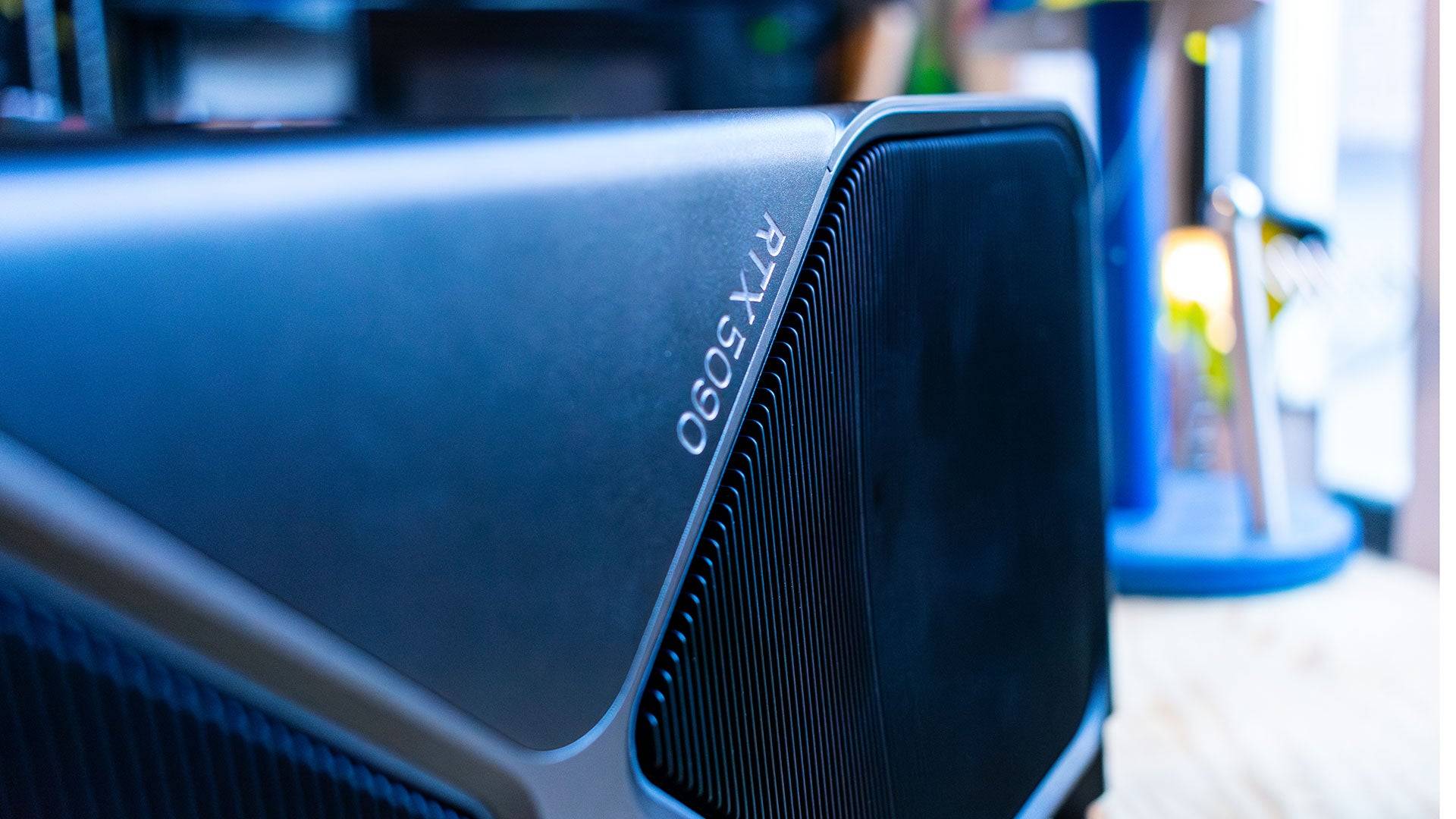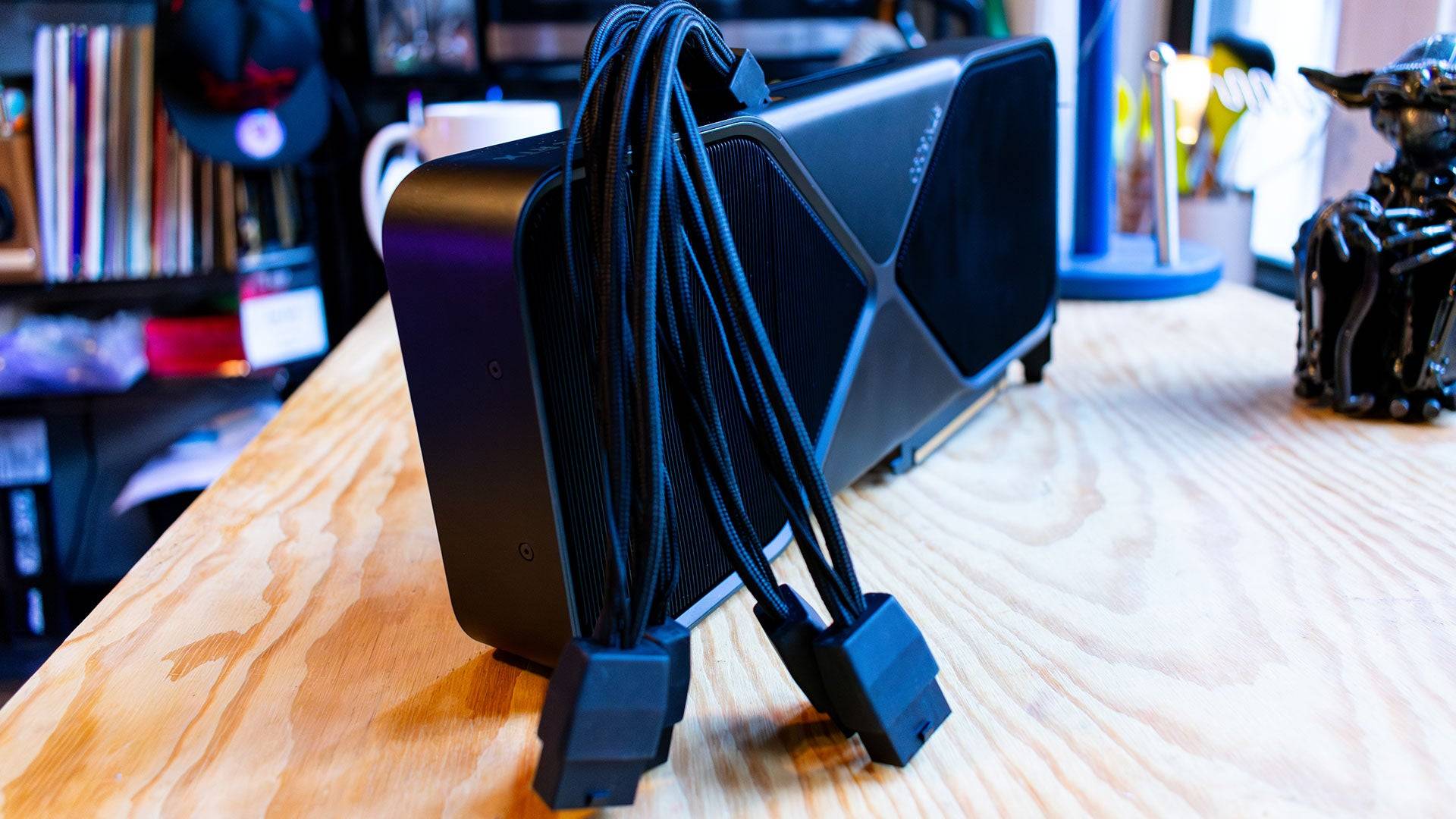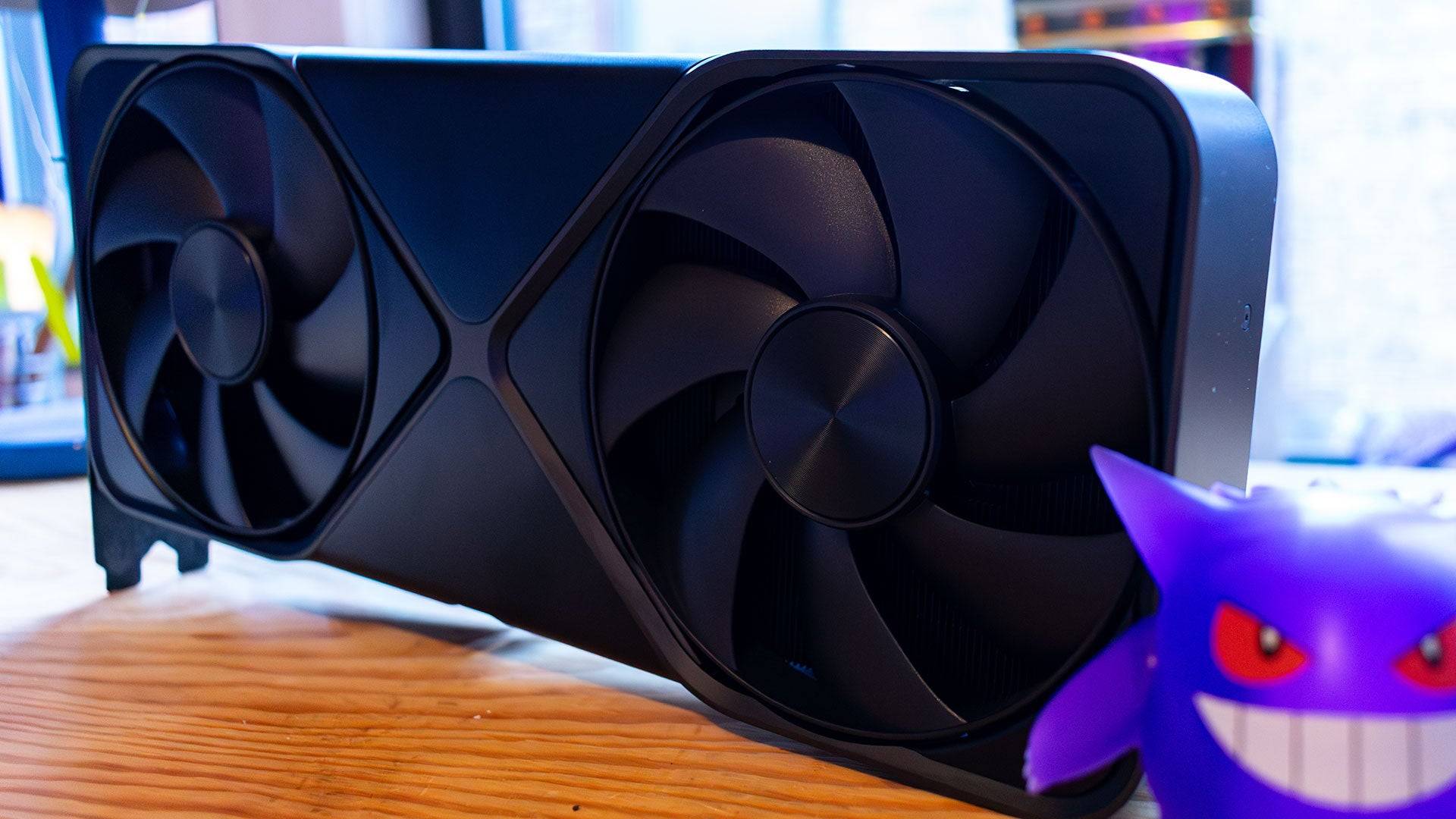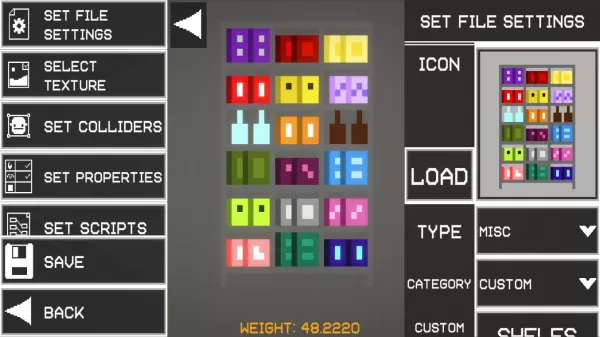The highly anticipated RTX 5090 and 5080 GPUs hit the market yesterday, sending ripples of excitement through the tech community. These top-tier GPUs, known for their superior performance and high price tags, quickly sold out across various retail platforms, leaving many eager buyers disappointed.
The scarcity has led to widespread scalping on resale platforms like eBay, where the RTX 5090 has seen prices soar. Initially, these GPUs were resold for over $6,000, but prices have escalated dramatically, peaking at $9,000—a staggering 350% markup from its original MSRP of $1,999. So, why are consumers willing to shell out such exorbitant sums? The answer lies in the RTX 5090's versatility. Not only is it a powerhouse for gaming, but it's also highly effective for AI workloads. For startups and businesses in the AI sector, the RTX 5090 offers a viable alternative to Nvidia's pricier Datacenter GPUs, making it an attractive, albeit costly, option.
Nvidia GeForce RTX 5090 – Photos

 5 Images
5 Images


However, the gaming community is fighting back against the scalpers. eBay has become a battleground with numerous fake listings designed to mislead buyers. One such listing openly mocks scalpers, stating: "Bots and scalpers welcome, do not buy if you are a human, you will be getting a framed photo of the 5090, you will not receive the 5090. The photo dimensions are 8 inches by 8 inches, I got the frame from Target. DO NOT BUY IF YOU’RE A HUMAN.” Another sold listing for $2,457 was equally candid: “Geforce RTX 5090 (read description) Picture Only - Not the Actual Item,” with a clear warning that no refunds would be issued for the image, which is not the RTX 5090 itself.
The underlying problem stems from the lack of competition in the high-end consumer GPU market. With AMD’s RX 9070 series struggling to match Nvidia's performance, and Intel trailing behind, Nvidia holds a dominant position. The combination of limited supply and exorbitant prices creates a challenging landscape for high-end PC builders and enthusiasts, casting a shadow over the future of affordable, high-performance computing.


 5 Images
5 Images


 LATEST ARTICLES
LATEST ARTICLES 












